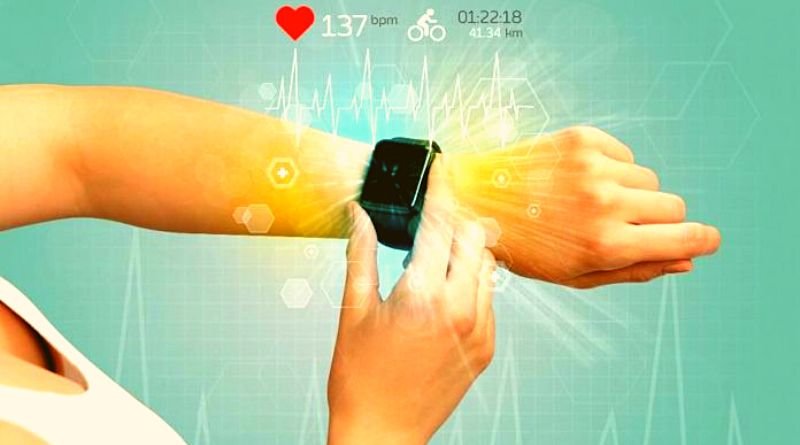Clinical trials are a critical part of medical research. They’re necessary for making sure new treatments are safe and effective, but they can also be expensive and difficult to conduct. That’s why it’s so important that clinical trials get the data they need from participants in order to complete their studies with confidence. Wearable devices have become an increasingly popular method for collecting this data—and some believe it may even improve the quality of clinical trials overall! Here’s how wearable devices are changing clinical trials:
Study Design
As a clinical research professional, you are probably familiar with the importance of device use in studies. You may have even been involved in planning a study that used wearables as an intervention or as part of an assessment tool. However, if you haven’t yet considered how wearable devices will impact your design process, it’s time to start thinking about it now.
The first step is determining whether the device will be used only for monitoring purposes (i.e., collecting data) or if it will also serve as an intervention itself–for example, by providing feedback through its display screen or app interface regarding patient progress over time. If so, then additional considerations come into play when determining how best to incorporate these devices into your study design:
- How much interaction between participants and their wearable? Will there be any interaction between participants themselves? For example, does one participant need access only his own information while others share access rights? Or do all participants need equal access rights regardless of which type(s) they’ve been assigned (or self-selected)?
- What kind of data should be collected from each participant using these technologies? How often should this happen (at least once per day but preferably more often)? Should all types be collected simultaneously or sequentially over time periods ranging anywhere from weeks/months up until several years depending upon how long we expect this intervention/assessment tool’s effectiveness will last before needing replacement due its inevitable wearout rate.*
Data Analysis
Data analysis is the most important part of a clinical trial. It’s also the most time-consuming and often the most difficult part of a clinical trial. The importance of data analysis is to ensure that all of your collected data are accurate, reliable, and consistent with what you expected to find when you began your research project.
Data analysis can be broken down into three main parts: descriptive statistics (how many patients were in each group), inferential statistics (what differences were found between groups), and multivariate analysis (which variables were related).
Feasibility and Security of Wearable Devices
- Wearable devices are not always accurate.
- Wearable devices may be too big to use in clinical trials.
- Wearable devices may not be secure, and could lose data or information about a patient’s condition if the device is stolen or lost.
- It can be difficult for researchers to use wearable devices in the field, because they must be able to collect data from patients when they aren’t at home or work (such as during exercise).
Data Interpretation and Reporting
Data interpretation and reporting are two of the most important aspects of clinical trials. They’re also two areas where wearables can make a difference in how researchers approach their work and what they learn from it.
The first step is to ensure that your data has been interpreted properly by experts who have an understanding of both clinical trial design and wearable technology. This will help ensure that you get reliable results that can be used for future studies or clinical practice guidelines, among other things. It also means making sure your research team understands how their findings compare with those from other studies using similar methods–something you’ll want to do when reporting on any new findings in publications like peer-reviewed journals or at conferences where other scientists gather to share their research findings with one another
Wearable devices may help improve clinical trials by collecting data in the field.
Wearable devices may help improve clinical trials by collecting data in the field.
Wearable devices are gaining popularity as they become more affordable and accessible to consumers. They can be used to track physical activity, heart rate, skin temperature and other vital signs. Wearable technology has already been incorporated into a number of clinical trials as an alternative method of collecting data on human health outcomes including obesity and diabetes management programs (1).
In one study conducted by researchers at Stanford University School of Medicine involving 124 participants with Type 2 diabetes mellitus (T2DM), researchers found that participants who wore an accelerometer device were able to achieve better glycemic control compared with those who did not wear it (2). Another study conducted by scientists from Columbia University found that women living with HIV/AIDS who wore fitness trackers for six months experienced significant improvements in physical activity levels compared with those who did not use such technology during this period (3).
Conclusion
We hope this article has helped you understand the impact of wearable devices on clinical trials. We believe that these devices can help improve clinical trials by collecting data in the field and monitoring patients more closely. However, there are still some challenges with using wearables in research environments such as study design, data analysis and interpretation.

